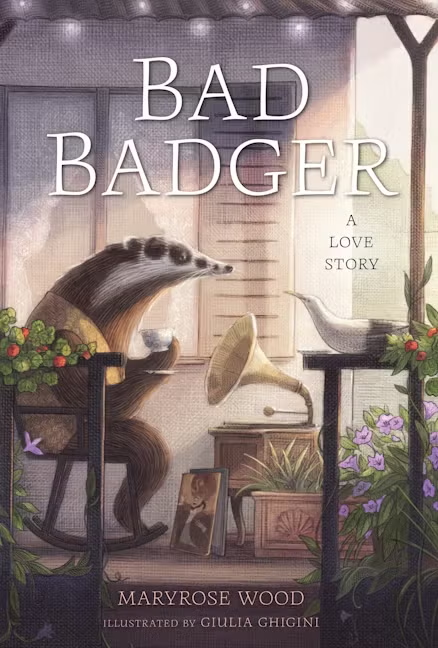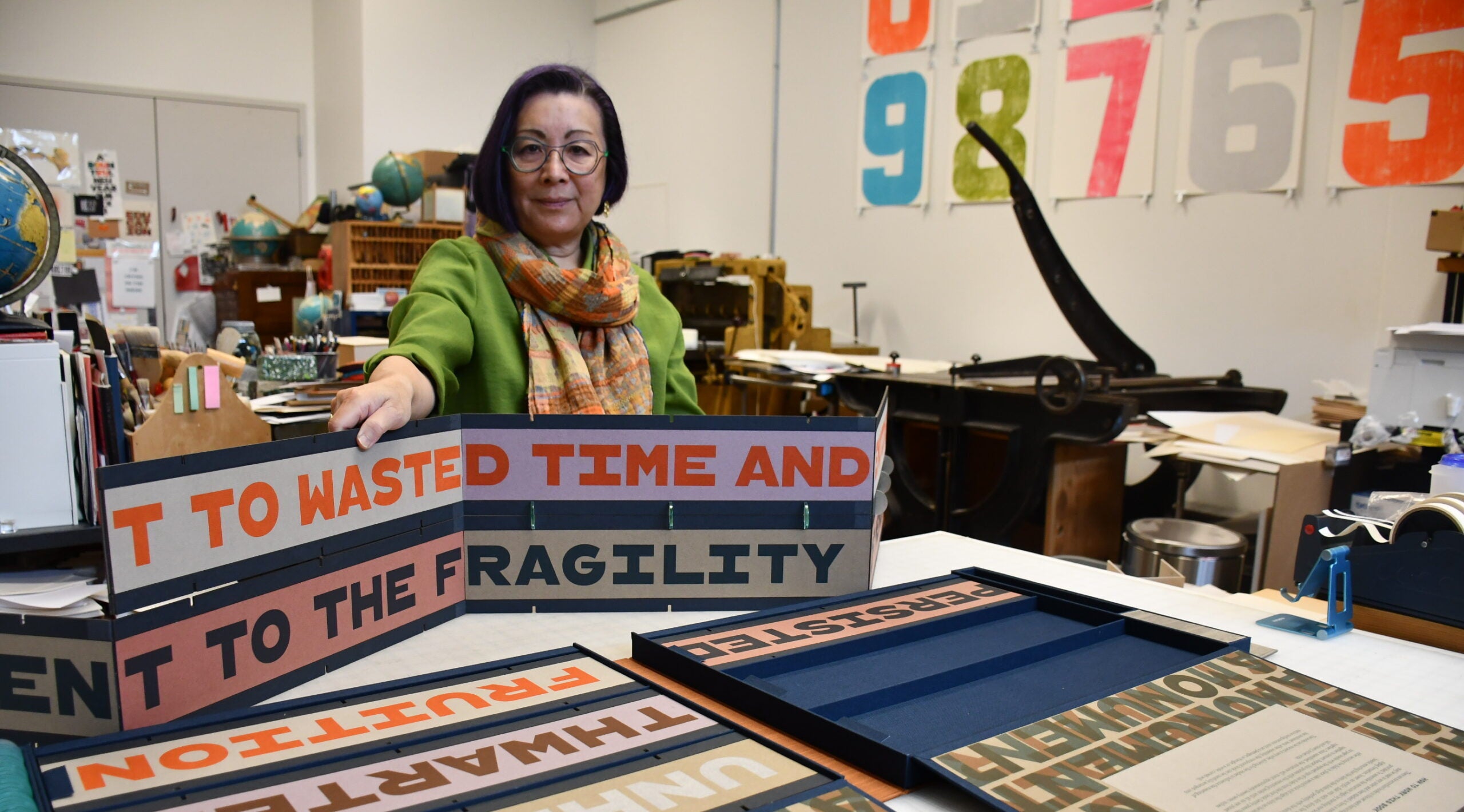Megan Schliesman understands parents can sometimes be alarmed when their children bring home books from the library that they don’t think their kids are ready to process.
And she said there’s nothing wrong with parents raising concerns with libraries or school officials about what material is available.
“Sometimes it might be that the parents just weren’t ready or were surprised to see their kids reading a book about a certain topic. It just created a level of concern or discomfort for them,” Schliesman recently told WPR’s “Wisconsin Today.”
News with a little more humanity
WPR’s “Wisconsin Today” newsletter keeps you connected to the state you love without feeling overwhelmed. No paywall. No agenda. No corporate filter.
All libraries should have protocols in place for how to handle concerns about books, said Schliesman, who is the librarian and assistant director of the University of Wisconsin-Madison’s Cooperative Children’s Book Center.
But Schliesman, who will retire next month, has seen the number of book challenges increase and the way that books are challenged begin to change around 2020.
“There were orchestrated efforts to raise questions about books with specific kinds of content, specifically books about gender identity and sexual identity, and books that talk about race and racism,” Schliesman said. “And often, the first a public or a school library would know that there was concern is that the books were sometimes brought up at a board meeting, and excerpts would be read that often cast the book in the worst possible light. Or they’d be inundated [with emails challenging books]. Instead of it being one book, it might be five or 10 or an even longer list.”
Schliesman said although community members have a right to express concerns about library materials, libraries have a responsibility to meet the needs of everyone in their communities.
“Intellectual freedom is the right to seek and receive information from all points of view. That’s sort of this basic, fundamental idea of intellectual freedom,” she said. “[Libraries strive to serve] everybody in their community, knowing that not every book is going to be a good fit for every child or every family. But you want to make sure every individual, every child, every family can come in and find books that they’re going to enjoy. It’s looking at your collection as a whole and making sure we’re collecting a wide array of materials thinking about that diversity in all its many forms.”
The Cooperative Children’s Book Center also researches and reviews books to help libraries and families find material that they will enjoy or learn from. Schliesman shared recommendations with “Wisconsin Today” for recent books that have been released, along with some commentary about each.
Picture Books

“All By Myself (But Sometimes I Need a Little Help!)” by Elizabeth Everett, illustrated by Shelley Hanmo (ages 3-5)
Megan Schliesman: A cheery celebration of a child’s solo accomplishments comes with a matter-of-fact understanding that they also still need help sometimes, and that’s perfectly OK.
“Smelly Peggy” by Helen Stephens (ages 3-6)
MS: Peggy the rescue dog’s energy and enthusiasm for her family is boundless. So, too, is her love of rolling in anything that’s smelly, especially “POOP! Rabbit poop, seagull poop, all the poops!” The young narrator is exasperated and totally in love with Peggy in this charming, energetic story.
“To See an Owl,” by Matthew Cordell (ages 4-8)
MS: A girl fascinated by owls has never seen a real owl but learns all she can about them while hoping research and persistence will lead to a magical moment.
Novels

“Bad Badger: A Love Story,” by Maryrose Wood, illustrated by Giulia Ghigini (ages 6-9)
MS: A solitary badger who has spots instead of stripes and prefers the seaside to the forest considers himself a “bad badger.” When a seagull starts spending time on his porch, he also wonders how to be a good friend in this quirky and tender illustrated short novel.
“The Zuzu Secret,” by Miriam Chernick (ages 9-13)
MS: Animal lover Josie, 12, is trying to keep the bearded dragon she found a secret in her no-pets home while figuring out whom it belongs to.
Her older brother Abe, who has Prader-Willi syndrome, tries to figure out what Josie’s hiding while eagerly awaiting the weekend, when she’s promised to take him to a Baltimore Orioles game, in a story alternating between the siblings’ points of view.
“All Better Now,” by Neal Shusterman (age 14 and older)
MS: A new pandemic illness kills one in every 25 people who are infected but leaves survivors feeling absolute contentment, their actions selfless and kind.
One teen who is immune to the disease, a second who is a super-spreader and wants to save humanity through infection, and a third whose power and wealth are at risk if they catch the disease or the vaccine spreads, are at the center of this over-the-top work of speculative fiction that mines moral and ethical complexities and never shies away from irony.
Books of information
“Poo Pile on the Prairie,” by Amy Hevron, part of the Tiny Habitats series (ages 4-7)
MS: The latest book in the excellent series for young children explores the ecosystem that develops around … bison dung! As with Hevron’s other Tiny Habitats books, the information is presented in an accessible, child-friendly manner with humor sprinkled throughout.
“My Presentation Today is about the Anaconda,” by Bibi Dumon Tak. Translated from Dutch by Nancy Forest-Flier. Illustrated by Annemarie van Haeringen (ages 8-11)
MS: Lovers of animals and lovers of humor will delight as a classroom grows increasingly raucous with each presentation on class report day. The topic: animals. But the students are animals, too, with sometimes unique perspectives on their chosen subjects.
The result for readers: a host of information about various types of animals [both presenters and subjects] in a laugh-out-loud offering.

“Banned Together: Our Fight for Readers’ Rights,” edited by Ashley Hope Pérez and Debbie Fong (age 13 and older)
MS: Fourteen authors whose books have been challenged or banned in recent years share their perspectives in essays, comics, poems and short stories that explore their experiences in past and present that inform and inspire.






